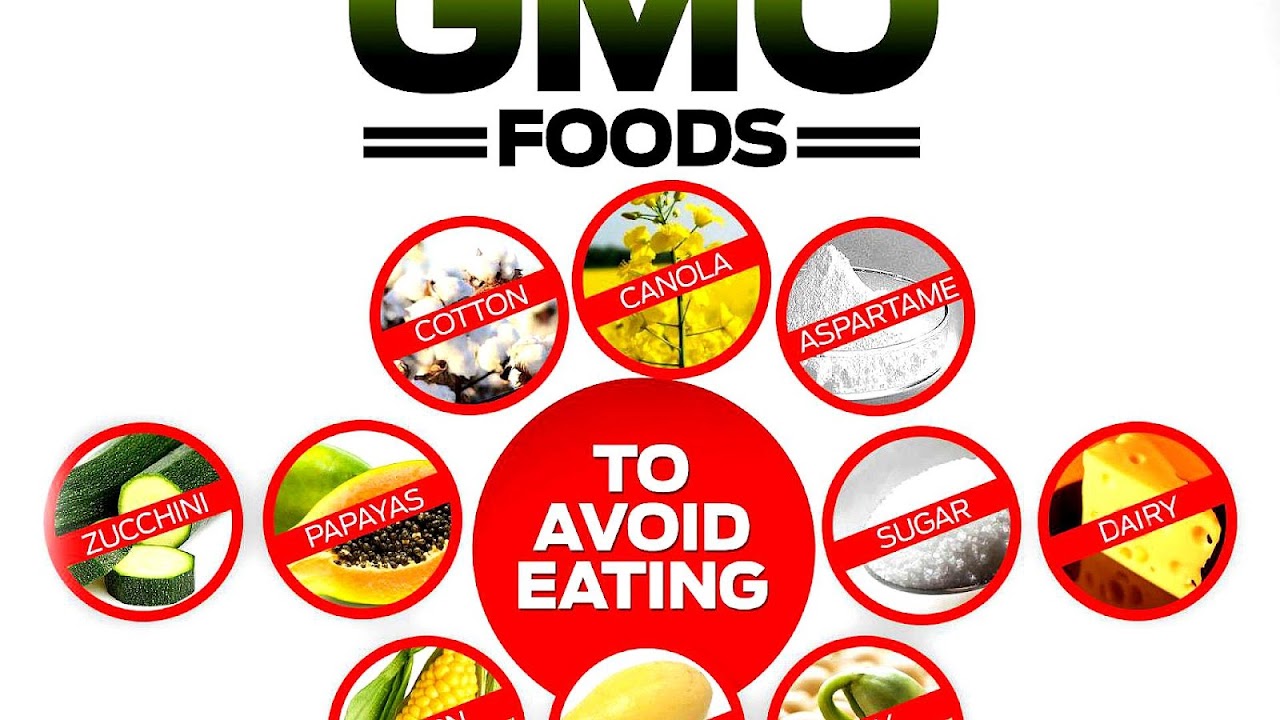
Eat This, Not That! (ETNT), is a print and digital franchise owned and operated by co-author David Zinczenko. The original book series was developed from a column from Men's Health magazine written by David Zinczenko and Matt Goulding. It now also includes a website, quarterly magazine, videos, e-books and downloadable PDFs.
The franchise makes recommendations about food choices with the aim of improving health. Criteria for unhealthy dishes center on high levels of calories, fat, saturated fat, trans fat, sodium and/or sugar content. The healthier alternatives often include higher levels of fiber and/or protein. The franchise brands itself as the "no-diet weight loss solution." As of October 2012, the ETNT franchise has sold more than 8 million copies.
An iPhone application Eat This, Not That! The Game became the number one application in the Healthcare & Fitness category and number ten across the entire collection of free applications available in the iTunes Store in 2010. A quarterly magazine, Eat This, Not That!, was launched in 2015, and is distributed by Meredith in 80,000 sites nationwide.

Maps, Directions, and Place Reviews
Digital
Eatthis.com focuses on weight loss, healthy, family, and supermarket and restaurant food swaps. The website has 5 million visitors a month, and syndication relationships with Yahoo! and MSN.
Worst Vegetables For Weight Loss Video
Eat This, Not That! for Kids
ETNT for Kids is the second book in the series, and was published in August 2008. Similar to ETNT, this book guides readers to the healthiest options for kids on popular restaurant menus. It also provides a restaurant report card, which provides letter grades for America's most popular fast-food and sit-down chain restaurants (Those restaurants that refused to give out nutritional information, received an automatic "F"). Other sections help parents and kids navigate the school cafeteria, pack healthy lunches, and shop wisely at the supermarket.
Eat This, Not That! Supermarket Survival Guide
Published in December 2008, the Supermarket Survival Guide addresses grocery-store, food shopping, and using the format of swapping out one unhealthy product for a better one. It provides label decoders (defining claims like "free range" or "organic") and nutritional values on all the various areas of the supermarket (such as the produce section, meat counter, and cereal aisles). A shopper can use this book to filter through the multiple brand choices, and discern what product--whether it be deli meat or sandwich bread--is the healthiest option.
Eat This, Not That! (All New) Supermarket Survival Guide
Published In December 2011, the All New Supernarket Survival Guise includes new foods at that time including new pizza, appetizers, peanut butter, jelly, meat, frozen dinners and others. The book has been currently updated and expanded.
Eat This, Not That! The Best (& Worst) Foods in America
Published in June 2009, the fourth book addresses popular American foods, and lists the best and worst dishes available at chain restaurants. The book guides readers through various restaurants, cuisines and foods with 24 chapters covering topics such as "Best (& Worst) Foods in America", "Best (& Worst) Pizzas in America," "Best (& Worst) Drinks in America," and "Best (& Worst) Foods for Your Blood Pressure."
Eat This, Not That! Restaurant Survival Guide
Published in November 2009, this restaurant guide summarizes the best and worst meal choices at popular restaurants, hotel buffets, convenience stores, movie theaters, vending machines, and airport and amusement-park eateries. This restaurant survival guide breaks down each best and worst meal selection by calories, fat, sugar, and/or sodium. Extra points are given to foods that are high in protein and fiber. The book decodes restaurant menus of different cuisines--Japanese, barbecue, Chinese, deli--identifying popular dishes, and providing tips on what to order.
Cook This, Not That! Kitchen Survival Guide
Published in December 2009, this recipe book provides meal ideas for breakfast, appetizers, soups, salads, sandwiches, barbecue, traditional American dishes, international cuisine, snacks, and desserts. Each recipe supplies a breakdown of the nutritional information, serving size, and cost per dish. The homemade recipes' calories are compared to a chain-restaurant's version of each meal, showing a stark difference not only in nutrition, but in price. For mid-afternoon hunger pangs, this book offers a snack matrix of healthy choices (i.e. black bean chips and hummus).
Cook This, Not That! 350-Calorie Meals
The 2011 version of the series, CTNT-350, offers readers recipes that don't push 350 calories (1,500 kJ). Instead of overloading the calorie and financial budget by eating out, this book offers easy versions of your favorite, restaurant meals that can be made in the home.
Drink This, Not That!
Published in May 2010, this book exposes sugar-infested drinks, and schools readers on smarter choices for their favored drinking habits--whether it be a Starbucks run, a night out at a bar, or a post-workout beverage. This book spills the nutritional information on beverages sold at supermarkets, restaurants, fast-food chains, and liquor stores.
Eat This, Not That! When You're Expecting
Published in June 2015, this "complete guide to the very best foods for every stage of your pregnancy" is by Zinczenko and Dr. Jennifer Ashton, ABC News' Chief Women's Health Correspondent. It's the first pregnancy book written by a Board-certified OB/GYN who is also Board-certified in Obesity Medicine and who has a master's degree in Clinical Nutrition from Columbia University.

Reviews
The original ETNT was reviewed by Tara Parker-Pope of The New York Times Well Blog writes, "The comparisons are always interesting and often surprising." Though critics don't love every comparison. Parker-Pope went on to write, "Chances are you won't agree with every item. For instance, in a comparison of choices for a child's Easter basket, I can't figure out why Jelly Belly Jelly Beans, with 150 calories (630 kJ), are an 'eat this,' while Marshmallow Peeps, with 140 calories (590 kJ), are a 'not that.'"
Dawn Jackson Blatner, spokeswoman for the American Dietetic Association said in USA Today, "There are several healthful options for the restaurants. These are realistic changes people can make to save hundreds of calories."
Source of the article : Wikipedia


EmoticonEmoticon